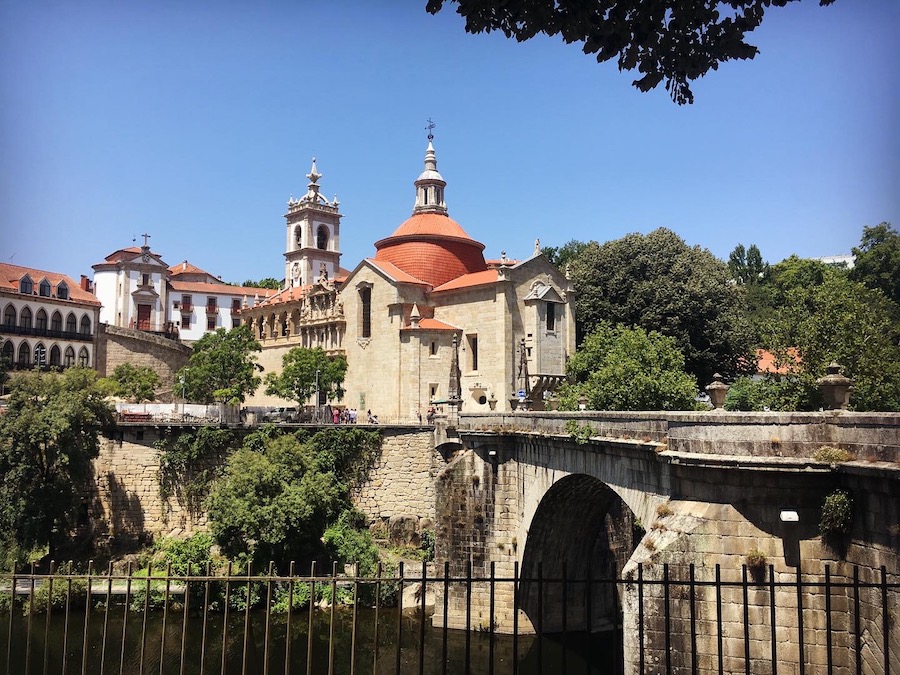After the past two super easy days, during which I focused mainly on sightseeing in the historic old cities of Guimarães and Amarante, it was now time, on this 10th day of my Portugal’s Northern Coastline and Peneda-Geres cycling tour, once again, to spend a long day in the saddle, as I began my homeward leg.

This day’s ride of 115km would first see Matilda and I head back west to reconnect with Porto. From there, we’d continue southward down the coastline to our day’s destination of Torreira, where we had already stayed on the way up. As we could have easily just retraced the same route from Porto back to our starting point in Peniche, the additional challenge now was to try and find some new roads and pathways to explore, even if we’d be riding through, and overnighting in, the same areas.
As Amarante is nestled at the bottom of a river valley, our pre-dawn departure started with a rather solid climb, which would account for a huge chunk of the 1275mof total vertical climb that we would do over the course of the morning; but what a reward we earned when we reached the first saddle, an absolutely glorious sunrise that instantly cured my heavy breathing and heavy legs. Matilda and I had found, once again, our happy place, and so we would remain for the remainder of the day, only being briefly interrupted by a couple of snack and beer breaks in the afternoon. It was definitely go-time!

When we reached Porto, this time I decided to cross back over the D’Ouro River via the Ponte Infante Dom Henrique, instead of the more famous and touristic Luis I Bridge, which we had used on the outbound leg. It also saved a lot of time not having to fight the traffic congestion in that area. Once we’d cut diagonally down to reach the coastal bicycle route in Espinho, it was smooth rolling all the way to Torreira.

The rays of life shine,
*Lifelight’ by Jyri Manninen
from the other side of hell.
Wonder awakens.
After having set up camp at the now familiar Torreira Camping, I took a late evening stroll to Praia da Torreira, located on the ocean side of the isthmus; and if the spectacular sunrise over Amarante in the morning wasn’t enough, the deep calm and serenity of the extended sunset over the Atlantic’s horizon would crown what had manifested into one of the best bicycle touring day’s that I’d ever experienced. It was as if, over the course of the entire day, the sun’s light had, by first bridging the empty coldness of space in between us, brought my body, mind and spirit back to full charge.
Be blessed,
Jyri




